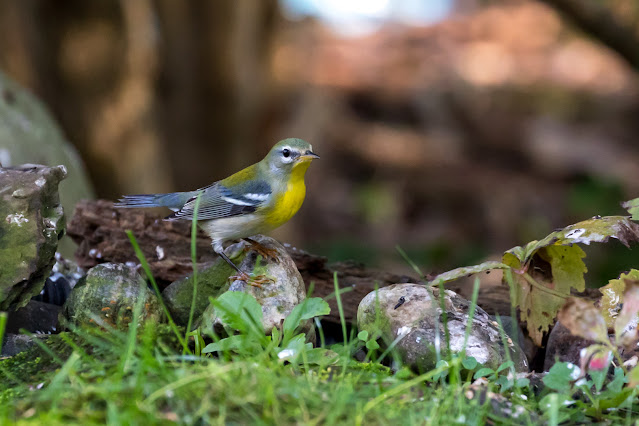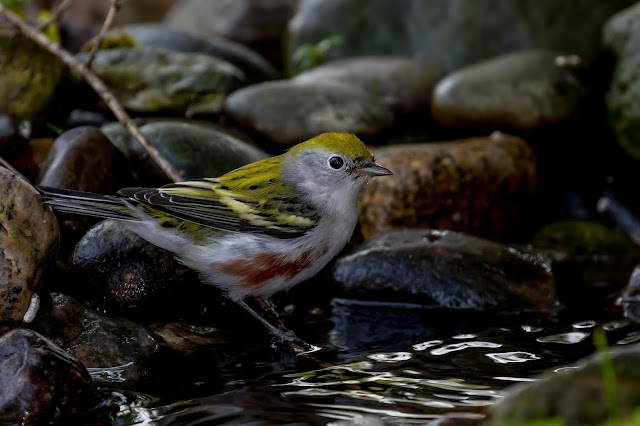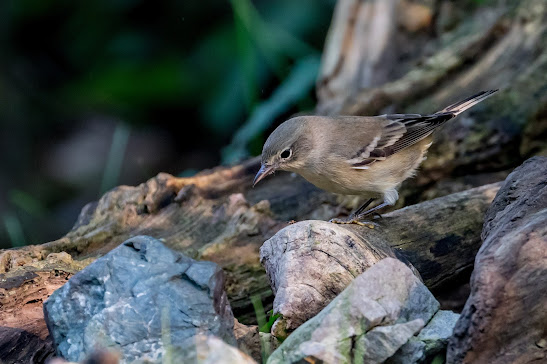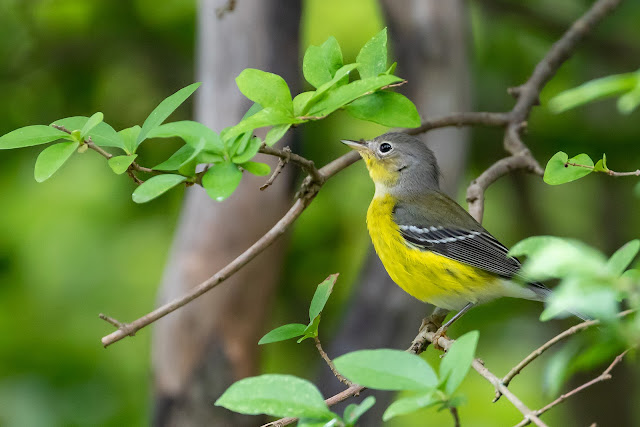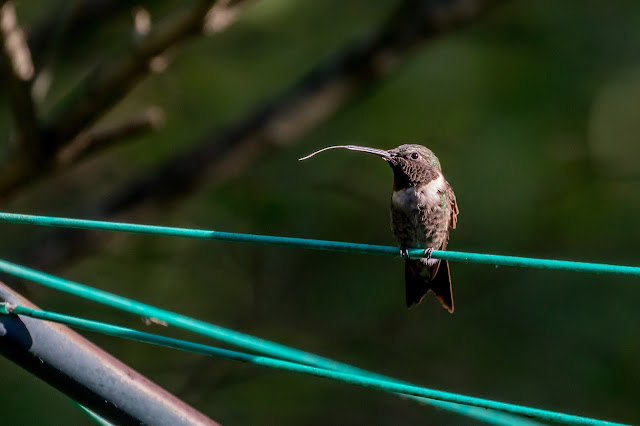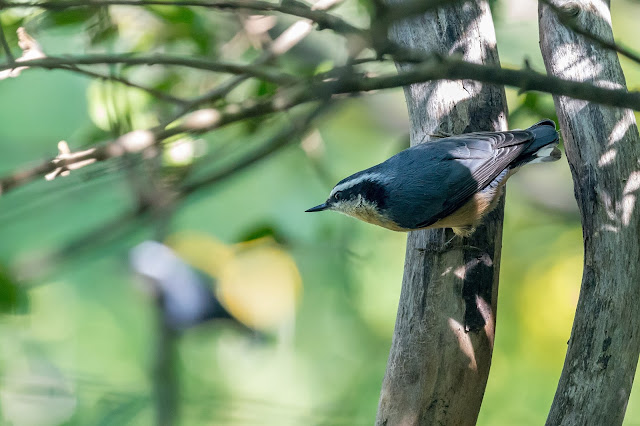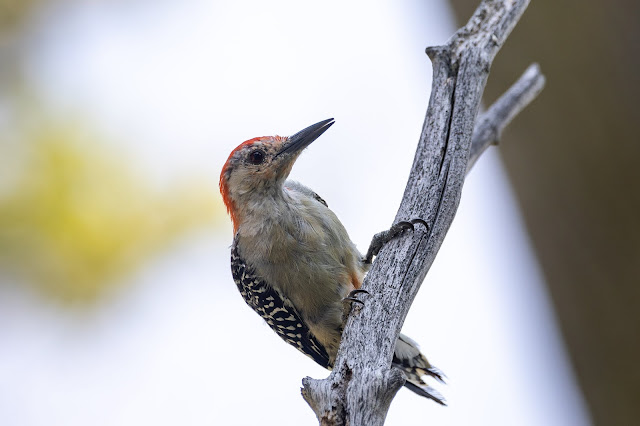Peregrine falcon
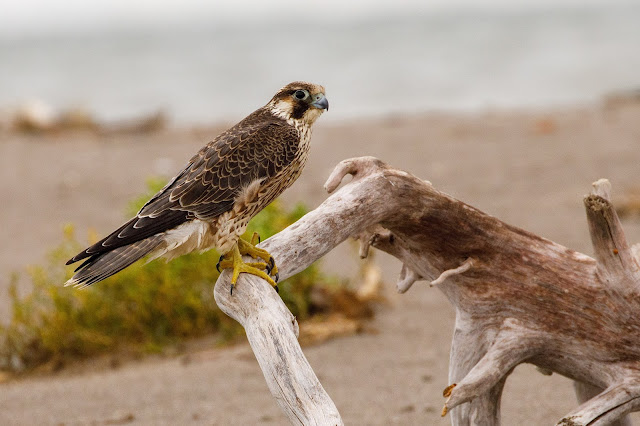
Sept 29, 2020, Rondeau Provincial Park, Ontario, Canada. From the pontoon boat, we saw two peregrines perched then flying on the south beach near Erieau. Falco peregrinus The Peregrine Falcon is a very fast flier, averaging 40-55 km/h (25-34 mph) in traveling flight, and reaching speeds up to 112 km/h (69 mph) in direct pursuit of prey. During its spectacular hunting stoop from heights of over 1 km (0.62 mi), the peregrine may reach speeds of 320 km/h (200 mph) as it drops toward its prey.
